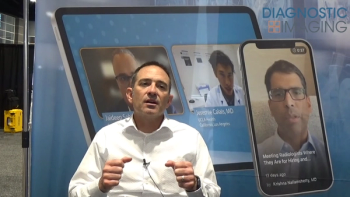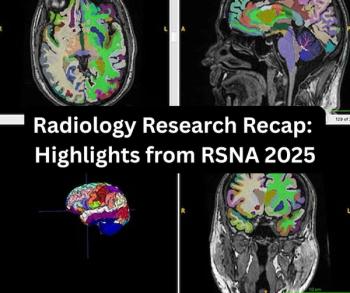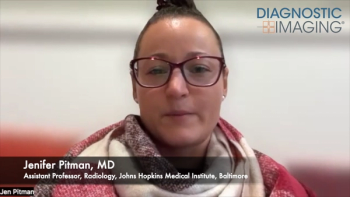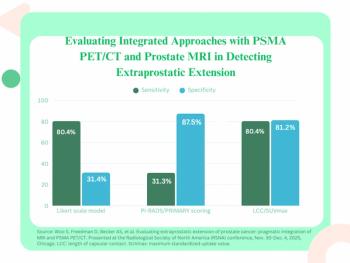
Cross-enterprise image sharing sees breakthrough
Since 1999, participants in the Integrating the Healthcare Enterprise project have labored to improve information system connectivity. They have been largely successful: Electronic communications within the enterprise among RIS, HIS, and PACS installations are better and more efficient than ever.
Since 1999, participants in the Integrating the Healthcare Enterprise project have labored to improve information system connectivity. They have been largely successful: Electronic communications within the enterprise among RIS, HIS, and PACS installations are better and more efficient than ever.
This year, in a breakout move, the IHE showed how images and documents can easily be exchanged among different enterprises. This could be the first step in creating a wired medical world in which care records in one geographic area become part of an overall picture available to a treating physician somewhere else.
"We see this as a real game changer in the practice of radiology. The PACS can now be networked," said Charles Parisot, manager of medical standards and testing for GE Medical Systems and cochair of the IHE Infrastructure Technology Committee.
The new interoperability profiles were demonstrated at the Healthcare Information and Management Systems Society meeting in February. XDS (cross-document sharing) and XDS-I (cross-image sharing) establish systems indexing images and documents that are retained at the institution of origin. Pointers built by XDS direct other IT systems to these indexes of documents and images stored throughout the network, allowing their retrieval.
"We won't spend hours tracking down historical exams, something radiologists and clinicians do on a daily basis," said Dr. David S. Mendelson, an associate professor of radiology at Mount Sinai School of Medicine and a member of the RSNA's Electronic Communications Committee.
Although most PACS facilitate the availability of intra-enterprise historical images, XDS-I will also allow access to images from networked facilities on the outside, improving radiologists' understanding of the entire care picture and reducing the possibility of errors that can result from not reviewing prior images.
Similarly, access to more complete patient information allowed by XDS document sharing should help improve the quality of the interpretation.
"Radiologists are often provided a paucity of clinical information. This offers another way of obtaining information about care that is provided outside your facility," Mendelson said. "You are providing a more informed opinion. The more background you have, the better your differential diagnosis."
Another advantage will be more structure and consistency in the way the information is presented, said Dr. David Channin, chief of imaging informatics at the Feinberg School of Medicine at Northwestern University.
"The exchange of documents across institutions will force local electronic patient records to produce information in a more standardized fashion," Channin said. Every specialty will have an analogous statement of why this is important to them."
The largest early implementation of the XDS and XDS-I integration profiles will probably take place in Canada, which has embarked on an ambitious project to convert all of its healthcare facilities to electronic digital information systems. The IHE's cross-enterprise document and image sharing protocols have been incorporated into requests for proposals from PACS and medical informatics vendors hoping to take part in Canada's digital conversion.
The concepts are also gaining traction in Europe. In April, the European branch of the IHE held a connect-a-thon in Barcelona where 28 systems demonstrated connections using XDS and seven or eight demonstrated connections using XDS-I, Parisot said. He expects those numbers to increase considerably by the time the RSNA holds a connect-a-thon in October and a demonstration of the systems during its annual meeting in November.
In the U.S., XDS and XDS-I are expected to help link four hospitals serving 300,000 patients in the Philadelphia area by mid-summer.
Proponents envision large regional and, eventually, national networks of health facilities using XDS and XDS-I to create anywhere, anytime access to a patient's clinical data. The profiles, for example, could easily be incorporated into the operation of the regional health information organizations that are developing under the national push to digitize medical information. If that happens, a concept that owes much of its roots to radiology could end up setting the terms for how electronic health data are exchanged and what the shape of electronic medical records will be.
"Twenty years from now, no one will remember that IHE came out of radiology. We're always leading that curve. Look how widespread DICOM has become. Now we are ahead of the curve in sharing information," Channin said.
Newsletter
Stay at the forefront of radiology with the Diagnostic Imaging newsletter, delivering the latest news, clinical insights, and imaging advancements for today’s radiologists.




























